Welcome
Fàilte
A very warm welcome to the 8th edition of Reach, the College of Arts industry engagement newsletter. This edition includes accounts of our work in relation to: Polish language in schools, Scots dialect, Scotland and slavery, automata in the ancient world, philosophy engaging with theatre, a new interdisciplinary research project on textiles made from barkcloth, and much more.
Prof Roibeard Ó Maolalaigh
Read more... |
|
Religious Life
Beatha Chràbhaidh
|
Africa in Motion
Afraga a' Gluasad
|
Build ’n’ Burn
Tog is Loisg
|
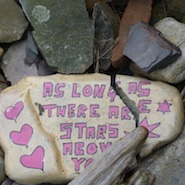 |
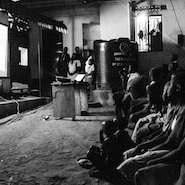 |
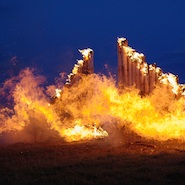 |
| Stand at a bus stop in Glasgow and you’ll see a series of familiar images—a bird, a tree, a bell, and a fish, the four symbols of Glasgow’s patron saint, Saint Mungo. What part does religion play in the present and what part should it play in the future? |
Dr Lizelle Bisschoff was a South African postgraduate when she came to Scotland to study African Cinema. She saw the need for a platform for African Cinema and Art in Scotland, and so, the Africa in Motion (AiM) Film Festival was born. |
'Through fiery performance, our Build N Burn approach is designed to engage a wider audience in co-production of memorable events. By actively exploring how sites may have been built and used, through the associated experimental archaeology activities, we also create opportunities for informal learning about archaeology and heritage.' |
Read more...
|
Read more...
|
Read more...
|
Learning Polish is as Easy as 1+2
Ionnsachadh na Pòlainnis cho furasta ri 1+2
|
Wall or wa’ but not tall or ta’
Wall neo wa’ ach chan e tall neo ta’
|
Runaway Slaves
Tràillean a Theich
|
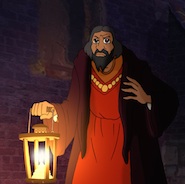 |
 |
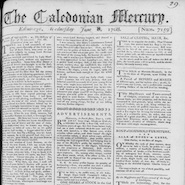 |
| There are currently over 15,000 Polish speaking children in Scottish schools. Polish is now the second most common language in the United Kingdom but there has been no Polish language packages for teachers in schools |
Our speech gives away many clues to our identity, such as: where you are from, how old you are, who you spend time with. All of these factors affect the way that we sound. How we sound also impacts on what other people might think of us: posh, Geordie, young, not from around here. |
In 1752 an enslaved teenager named Jamie was brought from Virginia to Beith in Ayrshire where he was trained as a joiner. When he discovered that his master had decided to send him back to Virginia, Jamie escaped to Edinburgh. |
Read more...
|
Read more...
|
Read more...
|
Building Hero’s Theatrical Automata
A’ Togail Automata
Tèatraigeach Hero
|
The Future of Ruins
Tobhtaichean san Àm ri Teachd
|
Barkcloth Production in Time and Place
Dèanamh Clò-Rùisg ann an Tìm is Àite
|
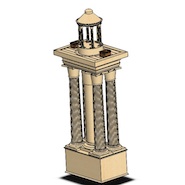 |
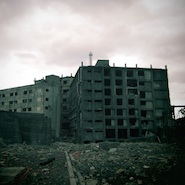 |
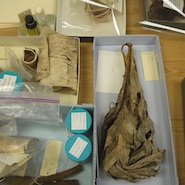 |
| A collaborative endeavour between the School of Humanities and the School of Engineering might seem surprising in and of itself, but a joint project involving a treatise from the 1st Century CE, theatrical performance art and robotics – now that’s almost unheard of. |
You might recognise images of Hashima (端島), the eerily deserted island which served as the villain’s stronghold from the James Bond film ‘Skyfall.’ The island is essentially a crumbling housing estate lying abandoned in the middle of the South China Sea. |
Barkcloth has been used to make clothing, furnishings, garments and ritual masks in the tropical islands of the Pacific, such as Samoa, the Cook Islands and Hawaii for around 5000 years.Yet very little is known about the material itself, and about how best to display, store and preserve barkcloth collections. |
Read more...
|
Read more...
|
Read more...
|
|
The Big Questions: Philosophy Engaging with Illness Disability and Identity
Na Ceistean Mòra: Feallsanachd a’ sgrùdadh Tinneas Ciorramachd agus Fèin-Aithne
Philosophers are not sitting in dusty old offices writing books in dense, archaic language for a specialized academic audience, although ‘philosophers can be their own worst enemies’ in that respect, insists Professor Michael Brady. Read more...
|
|

